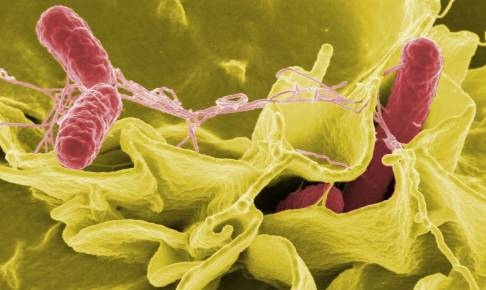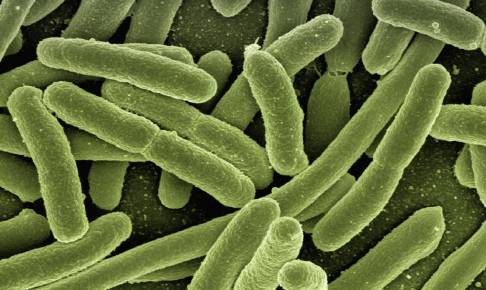EU 2022 Zoonoses Report: record levels of Listeria infections, Salmonella and E. Coli cases rise
The European Food Safety Authority (EFSA) and the European Centre for Disease Prevention and Control (ECDC) have released their annual report on zoonotic diseases,which highlights a significant increase in Listeria infections, as well as rising cases of Salmonella and E. coli.
Listeriosis, a severe infection caused by the bacterium Listeria monocytogenes, reached record levels in Europe in 2022. The report indicates that there were 286 deaths associated with listeriosis, making it the zoonotic disease with the highest number of fatalities. Additionally, there were 2 738 reported cases of Listeria infections, marking the highest number since EU-level surveillance began in 2007. Denmark, Finland, Sweden, Spain, Slovenia, and Belgium had the highest notification rates, while Bulgaria, Croatia, Cyprus, Greece, Malta, and Romania reported the lowest rates. Germany recorded the most patients, with 548 cases.
Salmonellosis, another common zoonotic disease, also saw an increase in reported cases. In 2022, there were 65 208 cases of Salmonella infections, compared to 60 169 cases in the previous year. Although nineteen Member States and the United Kingdom (Northern Ireland) met all targets for reducing Salmonella in poultry, the number of cases continued to rise. The highest notification rates were observed in the Czech Republic and Slovakia, while Bulgaria, Greece, Italy, Latvia, Portugal, and Romania reported the lowest rates. France had the highest number of cases, with 11 162 infections.
E. coli infections, specifically those caused by Shiga toxin-producing E. coli (STEC), were also on the rise. There were over 7 100 reported cases of STEC infections, resulting in 1 130 hospitalizations and 28 deaths. Germany recorded the highest number of cases, with 1 873 infections. Ireland, Malta, Sweden, and Denmark had the highest notification rates, while Portugal, Slovakia, and Poland reported the lowest rates.
The report also highlighted the occurrence of other zoonotic diseases. Campylobacteriosis, the most frequently reported zoonotic disease, remained stable in 2022, with 137 107 cases. Chicken meat was identified as the most common source of infection. Yersiniosis experienced a significant increase, with nearly 8 000 reported cases, marking the highest number in the past decade. Brucella cases increased from 162 to 198, while Trichinella infections dropped from 77 to 41. For West Nile virus, an increase in the number of infections has been observed.
Furthermore, the report examined foodborne outbreaks, revealing a 44% increase in the number of reported outbreaks in the EU. In 2022, there were 5 763 outbreaks, causing the highest number of outbreak-related deaths in the last decade, with a total of 64 fatalities.
The report emphasizes the importance of a comprehensive One Health approach, considering the interconnectedness of human and animal health, particularly in the face of climate change. It calls for continued vigilance and measures to reduce the number of zoonotic disease cases, given their significant impact on human health.
Source:






















